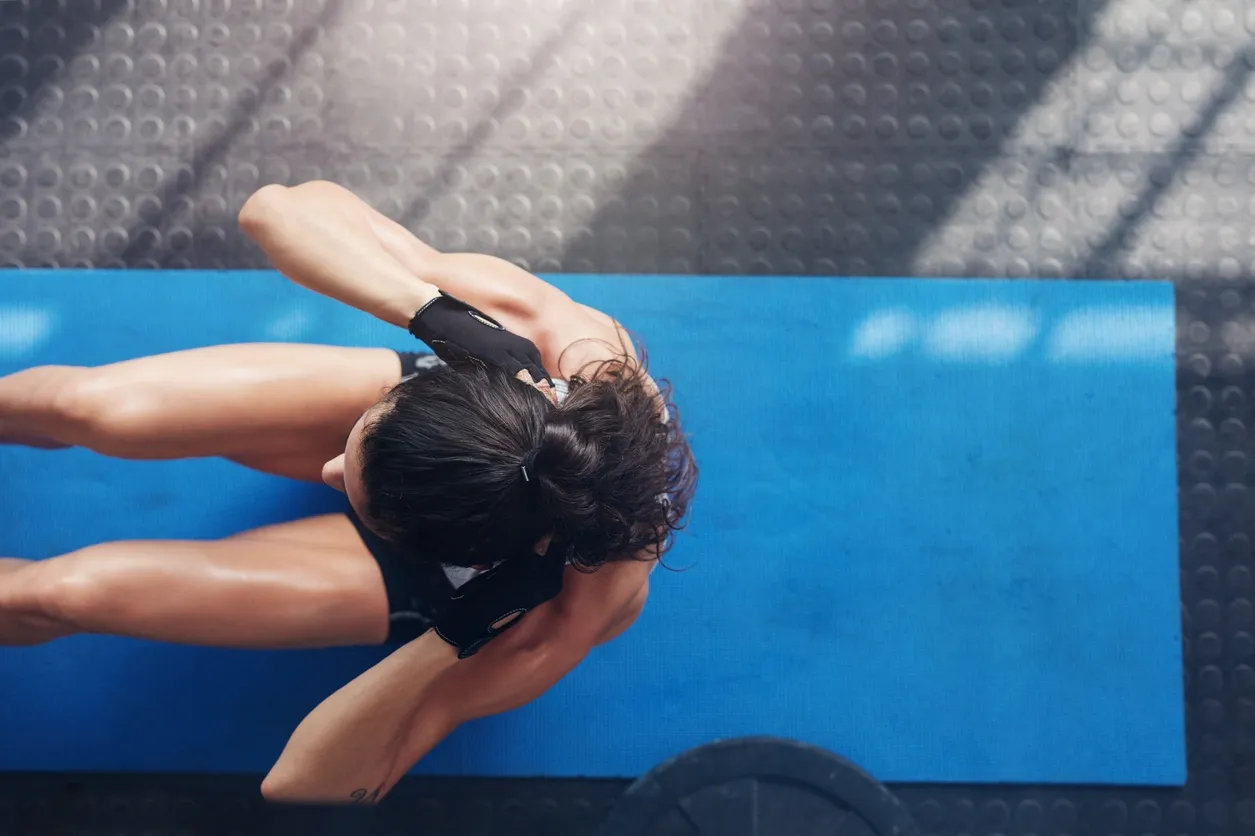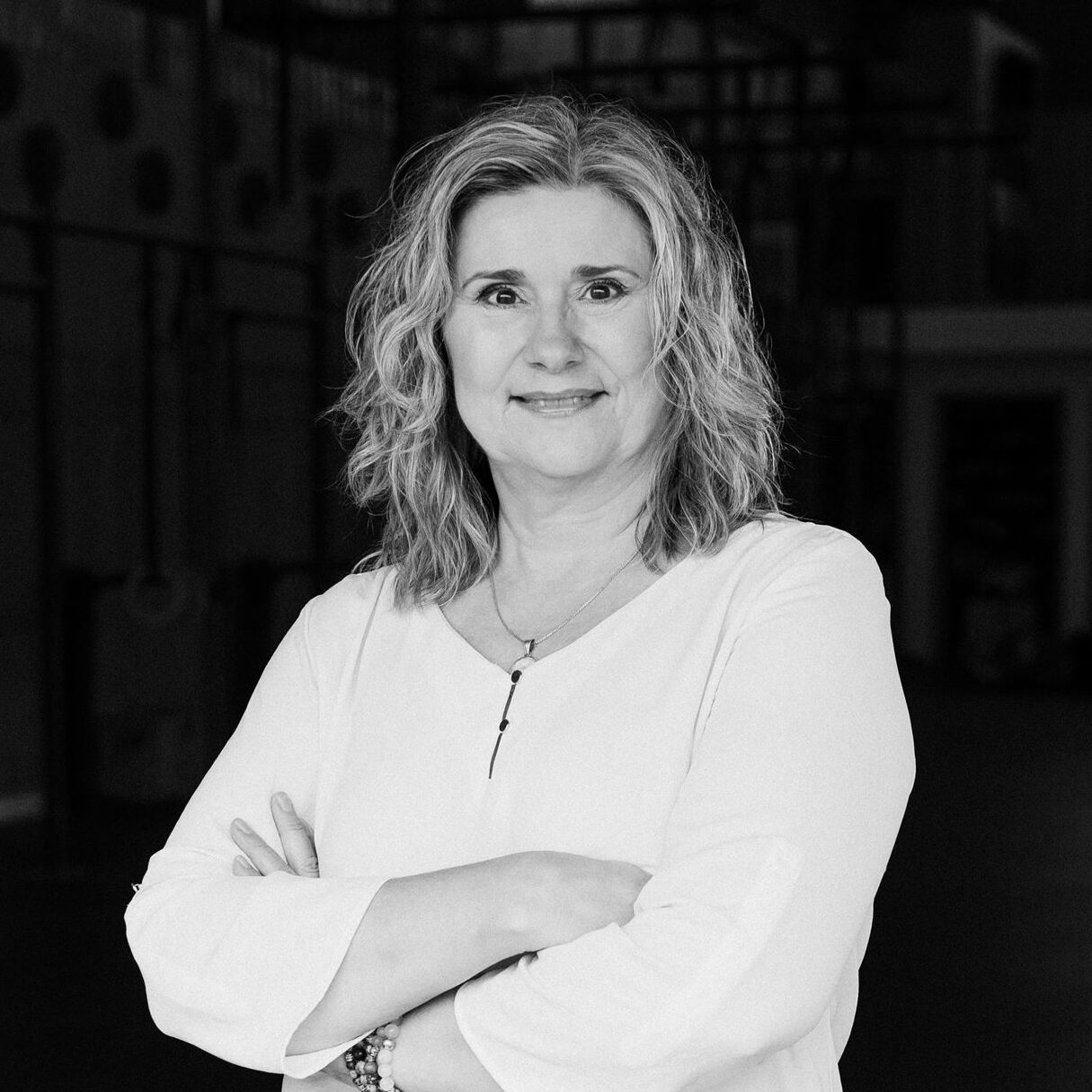Most people believe it is important, but often don’t understand that it goes beyond training for a well-defined six-pack.
I remember in high-school we did countless sit ups (and fast)! In gymnastics we also did tons of Russian twists. I thought that was all there was to training a strong core.
It definitely didn’t do as much for the core as we thought. If I look back on it with the knowledge I have today, I think the basketball I played and the skiing I did (especially holding on to the T-bar lift), did more for my core than anything else.
Prior to starting on my fitness journey (just as I headed toward the dreaded ‘big 5-0’) my body had undergone many changes (not the least of which was delivering two babies). I started to train everything possible to get fit, including the core. My trainer had me doing everything under the sun to improve my midsection, improve my strength and help me lose the 65 lb. that was holding me back from enjoying life. I was able to create ‘stiffness’ in the ‘core’ to lift increasingly heavy loads. Yet, as my many-years-postpartum body told me, something still wasn’t right.
As it turns out I wasn’t managing pressure very well. When we don’t manage pressure we can leak everything from energy to bodily fluids to internal organs.
It was this that prompted my first course on pelvic health. What I learned was that the core was much more than just abs, obliques (internal and external) and transverse abs. In fact the core isn’t just what’s out front. It’s the muscles all around, from front to back AND from top to bottom. These muscles can be used in synchronicity with breath to manage pressure. It was this concept of the core that also incorporated movement.
Something I later came to understand was how spine expert, Dr. Stuart McGill’s concept of ‘superstiffness’ actually complemented the very fluid movement pelvic health professionals taught. We could do both: be fluid to manage pressure AND use ‘superstiffness’ to create solid movement, stability, and power.
Our core is composed of 37 muscles designed to work together. As Dr. McGill explained, “When all muscles contract together they create a ‘superstiffness’ that is higher than the sum of the stiffnesses of the individual muscles. Consider the architecture of the abdominal wall. Stability comes from a symmetric stiffness developed by the muscles around the spine. Activating just one abdominal muscle would create just one source of stiffness but would also result in an interruption of the force linkage. Consider that the entire abdominal wall has its anterior connection to the rectus abdominis muscle. The forces in the oblique muscles are directed to the rectus and its sheath, and then transferred to the rib cage and pelvis to enhance torque production and stability. As the three layers of the abdominal wall contract, a superstiffness is created to enhance stability. Teaching activation of the entire abdominal wall to patients and to performance athletes alike, is important.”
In other words, the force transmission of one muscle to the next (via fascial connections) helps create symmetrical stiffness all around the torso. This is what allows the rib cage and pelvis to enhance torque production and stability. As the layers of the core contract, a superstiffness is created to enhance stability.
So what does this mean for us as average humans?
Having a strong core means controlling movement and not having movement control us. We must learn how to train the whole core as ‘a system’ not simply individual muscles. THIS, is actually why holding on to the T-bar did more for my core than any of the sit-ups I used to do!
As always, if you have questions or are not sure how implement these principles, reach out and we’ll be happy to help.
Until next time… ~ breathe ~ move ~ unwind ~





